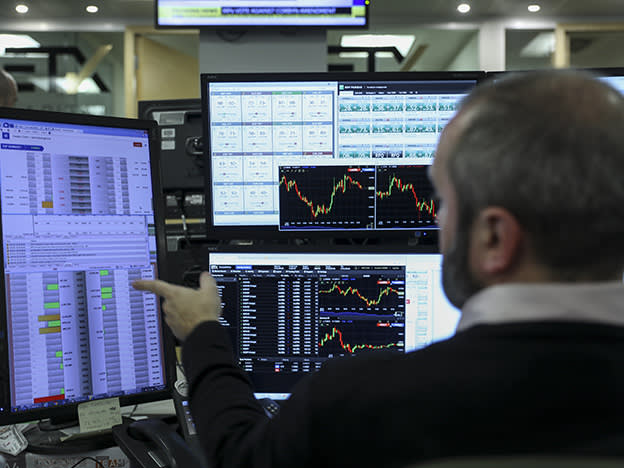- Intangible accounting rules are rubbish for investors (yes, that again!).
- But they’re a lot more junk for investors in some sectors than others.
- If you want to see a list of where to be careful, read on.
- And lots of fresh ideas that generate data.
Last week I addressed the significant problem that accounting requirements for intangibles pose for investors. For “part two,” this week I want to highlight where the problem is greatest by citing some fascinating research by Amitabh Dugar and Jacob Pozharny of Bridgeway Capital Management that was published last year.
But first, let’s briefly review the problem that intangibles pose to enterprise account users. Accounting regulations require companies to treat the majority of their investments in intangibles as upfront expenditures, rather than spreading the costs over the period in which the benefits are derived from the expenditures. For companies that grow by investing heavily in intangibles (such as brand and technology), this means reported earnings and book value are likely to be significantly underestimated.
As Dugar and Pozharny say in their academically formulated article Equity investments in the age of intangibles“The relationship between financial variables and contemporaneous stock prices has weakened so much for companies with high intangible intensity both in the US and abroad that investors can no longer afford to ignore changes in the economic environment caused by intangibles.”
To get to the root of the problem, the researchers took 25 years of data from companies in the world’s 15 largest economies. The research excludes financials due to the peculiarities of balance sheets in the sector. Dugar and Pozharny then estimated what they call “identifiable intangibles” for each company in their large sample.
The estimate of identifiable intangible assets was based on: the limited information about intangible assets making it onto the balance sheet, other than goodwill; research and development (R&D) expenditure; and a portion of operational expenses, which hide many intangible investments such as ad spend. Identifiable intangibles were then compared to total sales to determine the intensity of each industry’s intangibles*.
The list of high intangible intensity industries for non-US companies can be found in the attached table. The US tells a broadly similar story. Essentially, the list includes the most exciting and innovative industries to invest in.
INDUSTRIES WITH HIGH INTANGIBLE INTENSITY
| Industry | Intangible Intensity |
| Pharma/Biotech/Life Sci | 19.6 |
| Health Equipment/Services | 17.7 |
| software | 17.6 |
| Media/Entertainment | 16.8 |
| telecommunications services | 16.7 |
| Household/personal Gds | 16.5 |
| consumer services | 12.0 |
| Commercial Services | 11.9 |
| Technical hardware/equipment | 11.0 |
| energy | 11.0 |
| semiconductor | 10.4 |
There are two other really interesting things about Dugar and Pozharny’s results. For one thing, the intangible intensity is fairly stable for individual industries. So it provides a solid basis for analyzing companies. The other standout finding was that while traditional valuation metrics based on book value and earnings have become less relevant to stock price performance in high intangible-intensity industries, they are still useful in low-intensity industries.
As traditional valuation measures for many of the world’s most exciting, intangible-intensive companies have seemingly detached themselves from stock price reality, some investors have found reason to despise those who focus on valuation. But the problem isn’t that the rating isn’t relevant. Rather, the problem may have to do with the fact that traditional valuation tools and traditional metrics of earnings growth and quality cannot be relied on for industries with high intangible intensity. Until accounting standards catch up with reality, investors need to approach high intangible-intensive sectors with open eyes and a willingness to make adjustments.
*To be nerdy, the intensity measure is a composite of three different formulas for intangible intensity. The final intensity measure is based on the 25-year average of the annual median composite for each industry.

